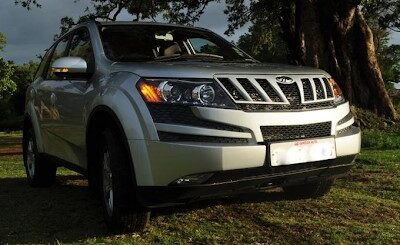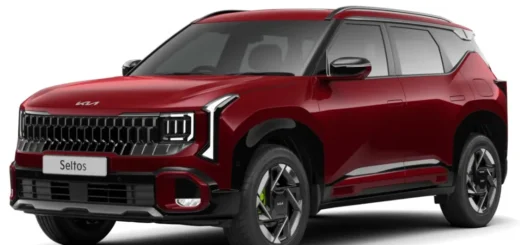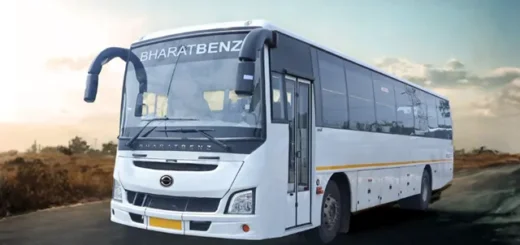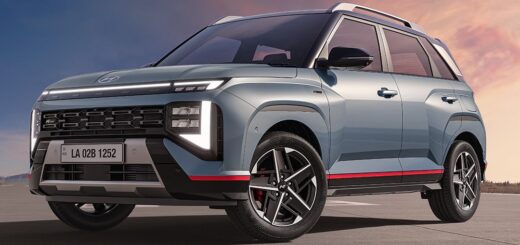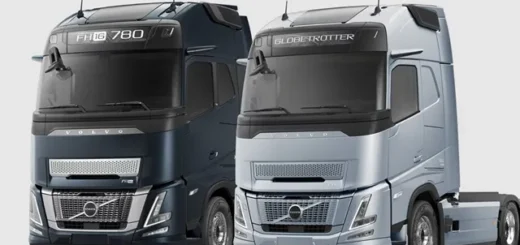Stellantis in India: Jeep, Citroën to drive growth, no sign of Fiat
In India, Stellantis brands have invested over €1 billion in its local operations since 2015, and remains committed to the market with clear roadmap and products lineup as part of group’s global ‘Dare Forward 2030’ strategy, says CEO Carlos Tavares. But, why is Fiat missing the boat?

In his latest interaction with select journalists for the first time since the formation of Stellantis N.V. last year, CEO Carlos Tavares outlined India’s strategic importance for the group and market plans for the coming years. The target he has set for the Jeep and Citroën brand operations in India is to contribute over 10 percent share in global profitability for the entire group.
“India and Asia Pacific must double its net revenues in the nine years from 2021 to 2030. India will be at double digit margins in a few years, while the rest of the region is already there”, he said. HE further added that India is very much part of the group’s vision to evolve its operations as part of the Dare Forward 2030 global strategic plan. There was, however, no mention of volume-based targets envisaged for the Indian market.
Tavares declared that Stellantis is here to stay in India and will not exit the market for any reasons. India is already a major sourcing hub for vehicles, components and mobility technologies and hosts the heart of Stellantis ICT, while strongly contributing to the global software development. With its diverse talent base and its demonstrated R&D and engineering expertise, Stellantis India is at the core of Stellantis.
The group is operating three manufacturing plants in Ranjangaon, Hosur, and Thiruvallur. Its ICT hub is located at Hyderabad and software centre at Bengaluru, while the Stellantis’s R&D centers are in Chennai and Pune.
The manufacturing and R&D bases are already producing and exporting components and vehicles for markets outside India. They will increasingly become the source for engines, gearboxes, and components for other global markets, according to the CEO. Stellantis also aims to develop its Indian supplier base to conform with global quality standards and increasing India’s global competitiveness in the automotive ecosystem.
On the products front, India is the only country to locally produce four Jeep nameplates outside North America (namely Wrangler, Compass, Meridian and Grand Cherokee) and the Citroën C5 Aircross outside France.
This year, the group is all set to launch Jeep Meridian, Jeep Grand Cherokee and Citroën C3 in the Indian market. The C3 is designed, developed and manufactured in India, with export plans. Citroën will come up with two more models, based in its ‘small car platform’. The brand’s smart car platform (‘C Cubed’) and new EV models in the coming years is worth mentioning. Next year, India will receive an electric car under Citroën moniker, most likely to be an electric variant of the C3.
Fiat missing the boat
Interestingly, there was no mention of the long-rumored revival of Fiat brand in India. This was expected, as Stellantis is very reserved in its approach towards the iconic Italian brand even at the global level. The group doesn’t want the historic brands in its fold including Fiat, Abarth, and Lancia dead, as reiterated by its executives time and again. But it doesn’t want these brands to test waters in competitive markets like India once again with ‘not-so-right’ products either.

For long, Fiat lacked adequate investments in new platforms and products, even when it was under FCA fold until recently. As a result, the brand totally lost its glory in almost all markets, except for Brazil and Europe (thanks to Fiat 500). Stellantis knows very well that the brand needs significant strategic investment and sharing of platforms from other brands to tide up its misfortunes, but it’s a really long shot.
Given the group’s electrification promises, Fiat cannot afford to develop fresh low-cost platforms and stay as a budget brand only for few regions, away from ‘electric’ trends. So, the brand has to walk through a much-calibrated approach to survive. That way, Fiats in South America will rely on Stellantis’ new low-cost MLA platform (that underpins the newly launched ‘Pulse’ compact SUV) in the coming years, while rest of the legacy products are gradually getting discontinued.
A new A-segment range, underpinning the STLA Small platform, is in the making along with an EV version, likely to Europe and other markets. A B-segment car is also on the list (rumored as electric ‘Punto’). We can be least assured that Fiats in this decade might be refreshed and replaced more often than we have seen before. It is also likely that Fiat many not be introduced in highly competitive mass markets without strong business case for its emerging product lines, including electric variants. India can hardly be an exception.
Also Read: Fiat Will No More Be A Mass-Market Brand In Europe

